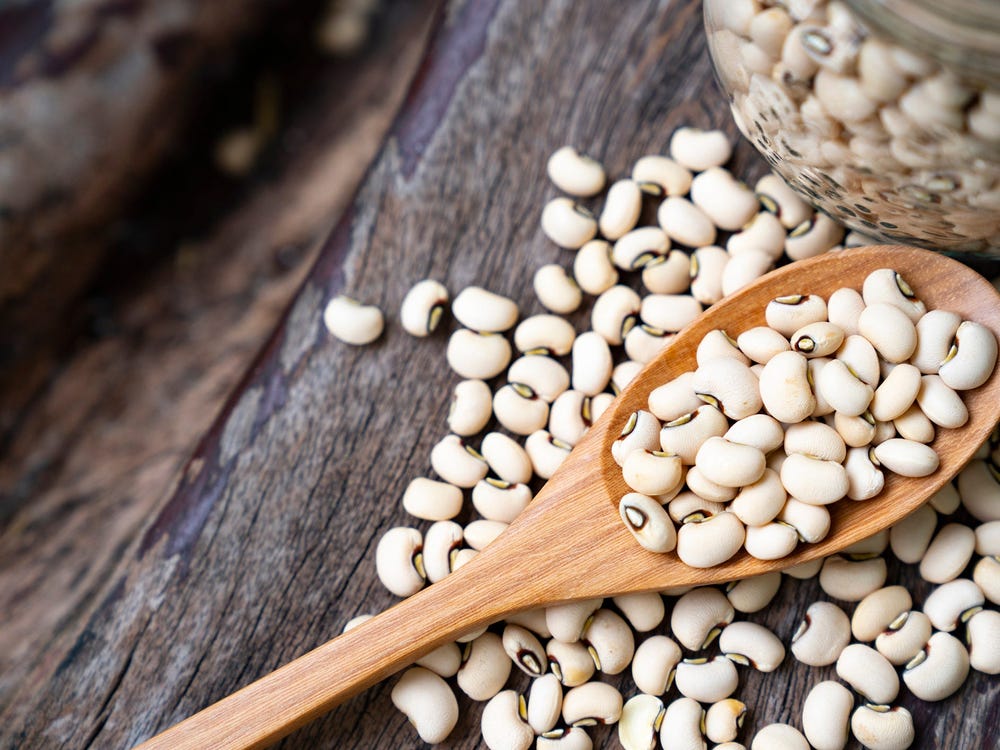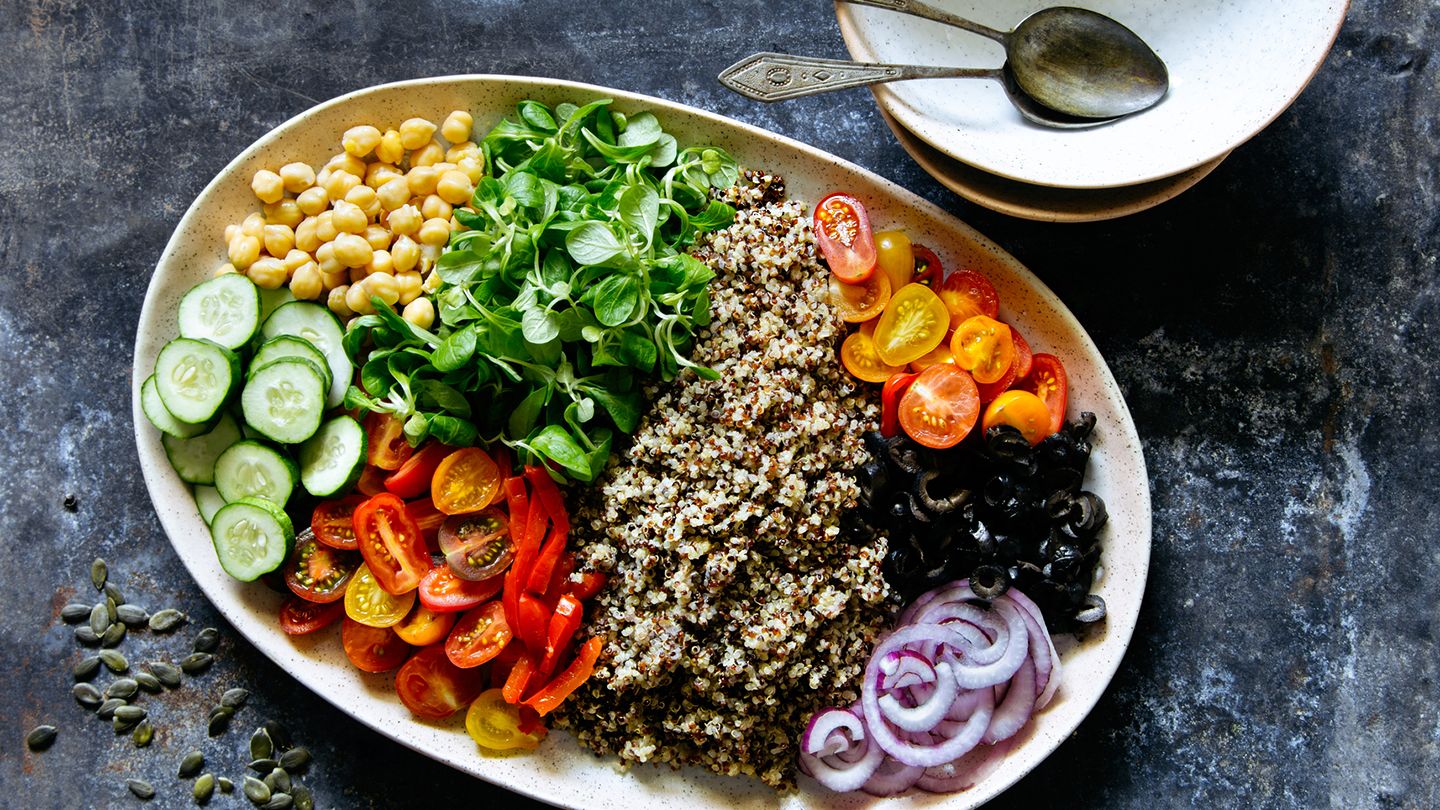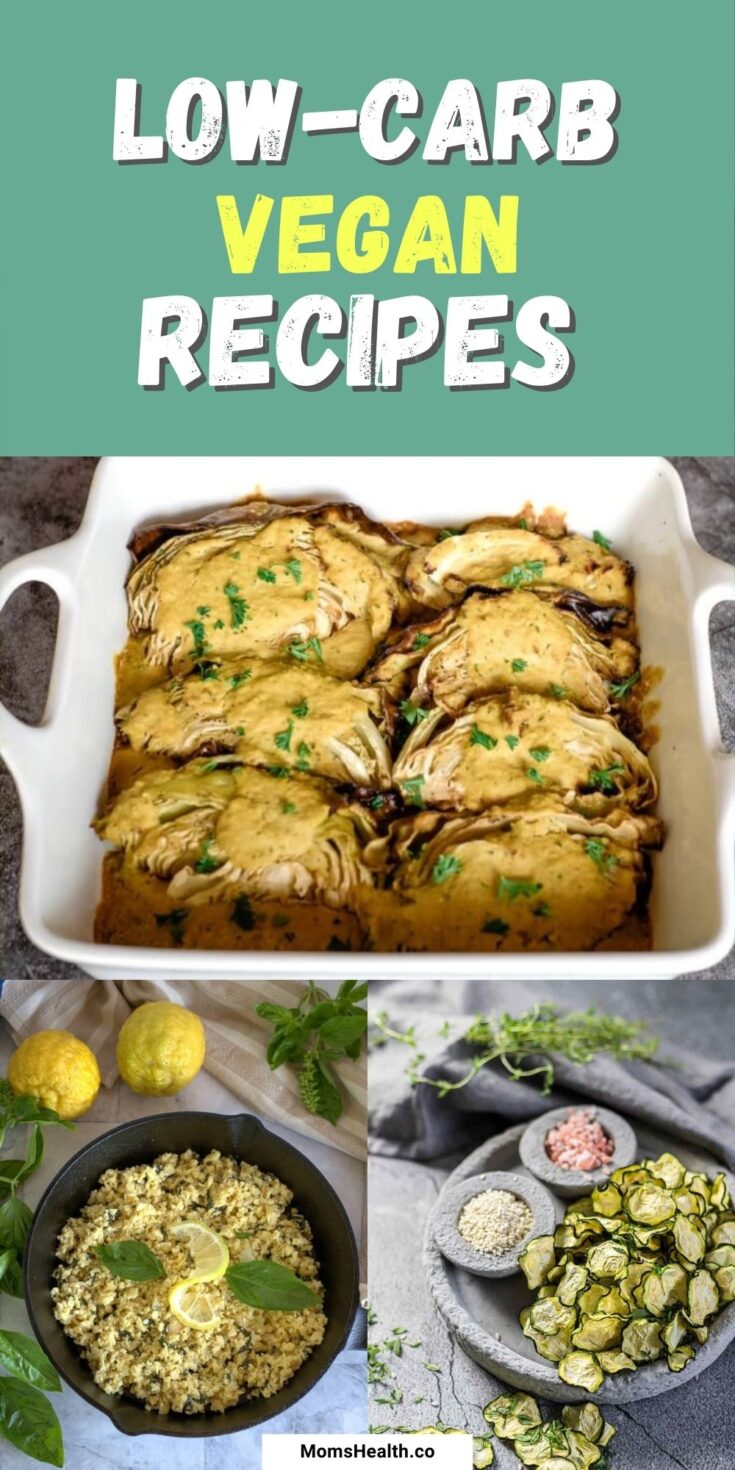
It is possible to live a healthy life without eating animal products while still receiving the required nutrients. It is possible to switch to a vegetarian diet, but there are some important things to remember. You will need to replace certain nutrients, such as calcium and vitamin B12 from dairy products. These nutrients are almost exclusively found within animal products. You can replace these nutrients by eating plant-based foods or by taking a nutrient supplement. A dietitian can provide advice and recommend the appropriate foods to replace them.
They lower the risk of 15 major causes of death
The world's most deadly killer, cardiovascular disease is responsible for 17.9 Million deaths annually. A number of studies have shown that vegetarian and vegan diets reduce the risk of this disease. CHD risk is reduced by 20% when vegetarians and vegans are involved, according to researchers. According to research, vegans and vegetarians had around 10 fewer CHD-related deaths per 1,000 people than those who ate meat. Several studies conducted by the Pan-European EPIC Cohort also found a reduction in CVD risk in meat eaters.
A study published in Nature Communications recently found that vegans can reduce their risk of having an ischemic attack by 20%. The study involved 15,000 patients who had suffered a hemorhagic stroke or a stroke resulting from a blockage of blood flow to their brains. Although these findings are promising, further studies are needed to confirm these results.

They are environment friendly
Studies have shown that veganism is more eco-friendly than eating meat. Consuming meat is associated with higher greenhouse gas emissions and deforestation. The process of raising beef, chicken, and other animals for food uses land that would otherwise be used for fruit and vegetables. The livestock industry is destructive to the planet and depletes soil nutrients. This causes habitat loss and deforestation.
It is no surprise that vegans have seen a 160 percent increase in their number over the past decade. It is important to take time to look at where and how the food was grown before you make your choices. You can find vegan food in many places. For example, you'll find pomegranates and mangoes from India. You can also choose beans and lentils grown in Canada and Brazil. It's better to purchase avocados and gojiberries locally than to import them.
These are simple to convert to
These are some easy things to do if you're considering switching to a vegetarian diet. Look at the ingredients labels and only choose products made with natural components. Be aware of ingredients such as whey and red 4 (carmine), confectioner's glaze, and other animal products. Some companies will even label their products as vegan at or near the beginning of the ingredient list.
It is important that you start slowly. You don't have to try and make every meal perfect. You can easily transition to a vegan diet if you take it step by step, each meal by itself. Do not feel overwhelmed. Stick to one meal per day for the first few weeks to adjust to the new lifestyle.

They promote humane treatment and respect for animals
Veganism is a good way to encourage humane treatment. You are helping to reduce the demand by refusing or consuming animal products. This will result in fewer animals being raised in farms and factories. Each year, over a billion animals are reared in the UK to be used as food. These animals are often raised in factory-farms and many are killed within a few weeks.
Veganism is founded on the belief that animal use for human purposes is cruelly and unjust. Therefore, anyone who has a conscience about it should abstain from using them. Therefore, a vegan resolves to stop eating, wearing, or using animal products. In addition, a vegan is a conscientious objector to any act of violence against animals.
FAQ
Why should we have a healthy lifestyle to begin with?
Living a healthy lifestyle can help you live longer and more happy lives. Regular exercise, healthy eating habits, healthy sleep habits and stress management can all help prevent strokes, heart disease, diabetes, and cancer.
A healthy lifestyle will also improve our mental health by helping us cope better with everyday stresses. Healthy living will boost self-confidence and make you look and feel younger.
How often do I need to exercise?
Fitness is key to a healthy lifestyle. But, you don't need to spend a specific amount of time exercising. Finding something that you love and sticking with it is the key.
It is a good idea to exercise at least three times per week. Then, you should aim to do between 20 and 30 minutes of moderate-intensity activity. Moderate intensity means you'll be breathing hard long after you're done. This type workout burns about 300 calories.
For those who prefer to walk, you can go for 10-minute walks four times a week. Walking is low-impact and easy on your joints.
If you'd rather run, try jogging for 15 minutes three times a week. Running is a great way to burn off excess calories and build muscle tone.
If you're not used to exercising, start slowly. Begin by doing 5 minutes of cardio each day, a few times per week. Gradually increase the duration until you reach your goal.
Do I need to count calories?
Perhaps you are wondering what the best diet is for you. or "is counting calories necessary?" It depends on several factors such as your current health, personal goals, preferences, and overall lifestyle.
The Best Diet for Me - Which One is Right For You?
The best diet for me depends on my current health status, my personal goals, my preferences, and my overall lifestyle. There are many different diets, some good, some not. Some work well for certain people while others don't. What should I do? How can I make the right choice?
These are the questions that this article attempts to answer. The article starts by introducing the many types of diets currently available. After that, you will learn about the pros and disadvantages of each type. We'll then discuss how to choose which one is best for you.
Let's begin by briefly reviewing the different types and diets.
Diet Types
There are three main types of diets: low fat, high protein, and ketogenic. Let's discuss them briefly below.
Low Fat Diets
A low fat diet is a diet that restricts the amount of fats consumed. This is done by reducing your intake of saturated oils (butter and cream cheese, etc.). These fats can be replaced with unsaturated fats like avocados and olive oil. Low fat diets are often recommended to those who wish to lose weight quickly. However, this kind of diet may cause problems such as constipation, heartburn, and indigestion. A person may also experience vitamin deficiencies if they don't get enough vitamins.
High Protein Diets
High protein diets reduce carbohydrates to favor of proteins. These diets have higher protein levels than other diets. They can help you build muscle mass, and also burn more calories. They may not be able to provide sufficient nutrition for people who need it. They can be quite restrictive and are not recommended for everyone.
Ketogenic Diets
These diets are also known under the name keto diets. They are high in fat and moderate in protein and carbs. They are popularly used by bodybuilders, athletes, and others who want to be able to train harder and more efficiently without becoming tired. But, they require strict adherence to avoid negative side effects like nausea, headaches, and fatigue.
Why does our weight change as we get older?
How do you tell if there are any changes in your bodyweight?
When there is more muscle mass than fat, weight loss can occur. This means that the daily calories consumed must not exceed the energy used. Reduced activity is the leading cause of weight gain. Other reasons include poor eating habits, stress, hormone imbalances, certain medications and illness. Weight gain occurs when there is more fat than muscle mass. It occurs when people consume more calories per day than they need. Overeating, increased physical activity and hormonal changes are all common reasons.
We eat less calories than we burn, which is the main reason our bodies lose weight. Exercise regularly increases your metabolism rate, which allows you to burn more calories every day. But, this does not mean that we'll get thinner. It is important to know if we are losing weight or gaining muscle. If we're burning more calories than we're consuming then we're going to lose weight. But, if we consume more calories then we burn, then they are being stored as fat.
As we age, our ability to move around is slower and we are less mobile. We also tend not to eat as much food as we used to when we were younger. This is why we tend to gain weight. On the flipside, we are more muscular than we really need and appear larger.
If you don't weigh yourself every week, there's no way of knowing how much weight have you lost. There are many different ways to measure your weight. There are many ways to measure your weight. You can check your waist, hips, thighs, arms and legs. Some people prefer to use the bathroom scales, while some prefer to use tape measurements.
For a better track of your progress, try to weigh yourself once per week and measure your waistline once every month. You can also take images of yourself every few weeks to see how far it has come.
You can also find out how much you weigh by looking up your height and weight online. You'd likely weigh 180 pounds if you were 5'10 tall and 180 pounds if you were 180lbs.
Statistics
- WHO recommends reducing saturated fats to less than 10% of total energy intake; reducing trans-fats to less than 1% of total energy intake; and replacing both saturated fats and trans-fats to unsaturated fats. (who.int)
- In both adults and children, the intake of free sugars should be reduced to less than 10% of total energy intake. (who.int)
- This article received 11 testimonials and 86% of readers who voted found it helpful, earning it our reader-approved status. (wikihow.com)
- Extra virgin olive oil may benefit heart health, as people who consume it have a lower risk for dying from heart attacks and strokes according to some evidence (57Trusted Source (healthline.com)
External Links
How To
What does the term "vitamins" mean?
Vitamins are organic substances found naturally in food. Vitamins help us absorb nutrients in the foods we consume. Vitamins cannot come from the body so food must provide them.
There are two types if vitamins: water soluble, and fat soluble. Water-soluble vitamins dissolve quickly in water. You can find vitamin C,B1 or thiamine, B2 or riboflavin and B3 or niacin. B6 is pyridoxine. Folic acid, biotin and pantothenic are some examples. Fat-soluble vitamins are stored within the liver and in fatty tissue. Examples include vitamin D, E, K, A, and beta carotene.
Vitamins can be classified by their biological activity. There are eight main groups of vitamins.
-
A - Vital for healthy growth.
-
C - essential for proper nerve function, and energy production.
-
D – Essential for healthy teeth, bones and joints
-
E - required for good vision & reproduction.
-
K - Essential for healthy muscles and nerves.
-
P – Vital for building strong bones.
-
Q - aids digestion and absorption of iron.
-
R - necessary for making red blood cells.
The recommended daily allowance (RDA), for vitamins, varies based on gender, age, and physical condition. The U.S. Food and Drug Administration sets RDA values.
For adults 19 years and over, the RDA vitamin A intake is 400mg/day. However, pregnant women need 600 micrograms per day because it is important for fetal development. Children ages 1-8 require 900 micrograms per day. Infants below one year of age need 700 micrograms daily. But, between 9 months to 12 months of age, the amount drops to 500micrograms per days.
Children aged 1-18 years need 800 micrograms daily, while children overweight require 1000 micrograms per days. Children who are severely obese or underweight will need 1200 micrograms each day.
Children 4-8 years old with anemia will need 2200 mg of vitamin D daily.
Adults over 50 years of age need 2000 micrograms per day for general health. Women who are pregnant or breastfeeding need 3000 micrograms per day due to increased nutrient requirements.
1500 micrograms is the recommended daily intake for adults aged 70+, as they lose 10% of their muscle every ten years.
Women who have been pregnant or are lactating require more than the RDA. Pregnant mothers need 4000 micrograms per daily during pregnancy and 2500 after giving birth. Breastfeeding mothers require 5000 micrograms daily when breast milk production is occurring.